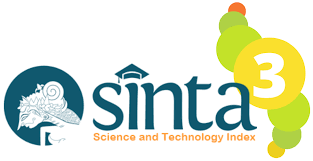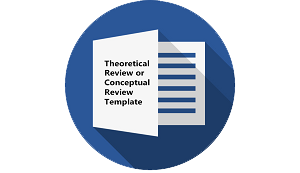UPACARA KEMATIAN SAUR MATUA BATAK TOBA: ANALISIS TRADISI LISAN
DOI:
https://doi.org/10.30957/lingua.v14i2.326Keywords:
oral tradition, Toba Batak tribes, Saur Matua, revitalizationAbstract
ÂThis study reports funeral ceremony tradition of Saur Matua of Batak Toba, Indonesia. Oral tradition is the traditional delivered orally using words, transformed by the times and the adjustment to the context of the times. A qualitative using ethnograpic approach is used in this study. Data were explored from an observation and an in-depth interview on the conduct of Saur Matua ceremony. The study revealed that Saur Matua in Toba Batak has 10 full characteristics  of oral tradition: (1) Representing the events as the context; (2) Having a cultural activity; (3) To be observed and watched; (4) Traditional characteristics; (5) Inherited from generation to generation; (6) Delivering process "from mouth to ear"; (7) Containing the values and cultural norms; (8) Having variety version; (9) Owned jointly by a particular community, and (10) Potentially revitalized and raised as a source of cultural industries. The Saur Matua has a text, co-text, context, value or norm, meaning or function and local wisdom that must be preserved continuously by generations to be not lost from the death tradition in Toba Batak society.
Â
Â
Downloads
Downloads
Published
How to Cite
Issue
Section
License
Authors who publish with this journal agree to the following terms:
- Authors retain copyright and grant the journal right of first publication with the work simultaneously licensed under a Creative Commons Attribution-ShareAlike 4.0 International License that allows others to share the work with an acknowledgement of the work's authorship and initial publication in this journal.
- Authors are able to enter into separate, additional contractual arrangements for the non-exclusive distribution of the journal's published version of the work (e.g., post it to an institutional repository or publish it in a book), with an acknowledgement of its initial publication in this journal.
- Authors are permitted and encouraged to post their work online (e.g., in institutional repositories or on their website) prior to and during the submission process, as it can lead to productive exchanges, as well as earlier and greater citation of published work (See The Effect of Open Access).















